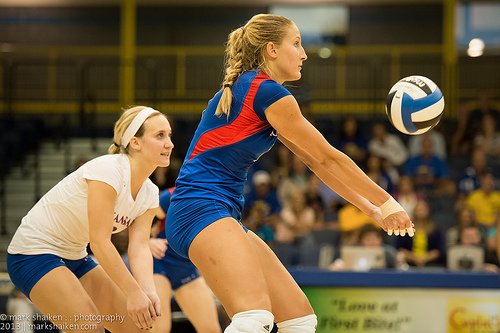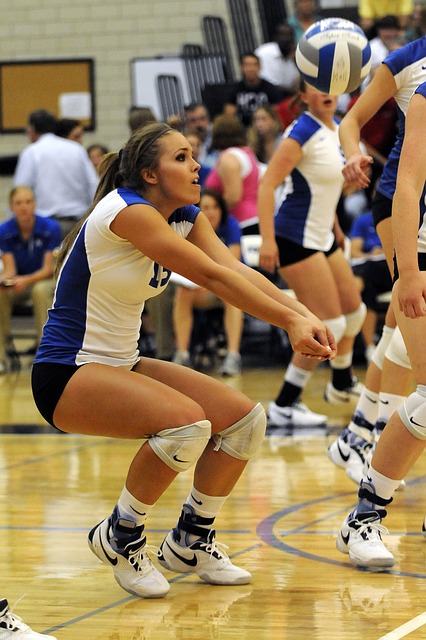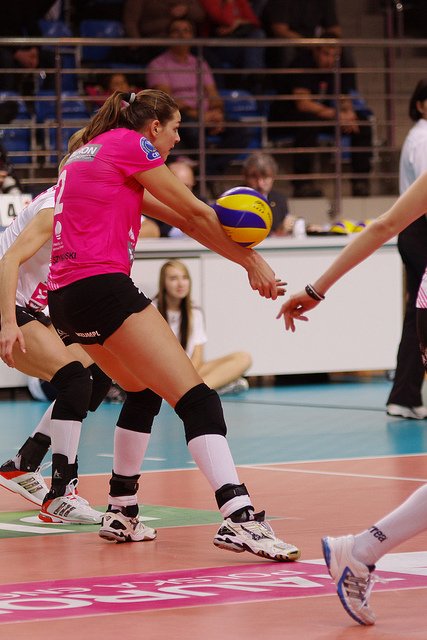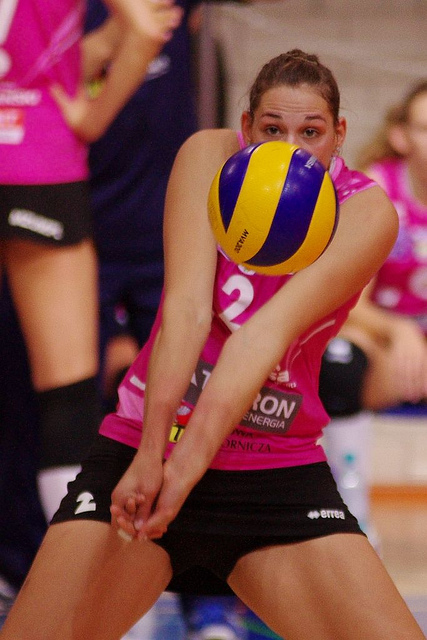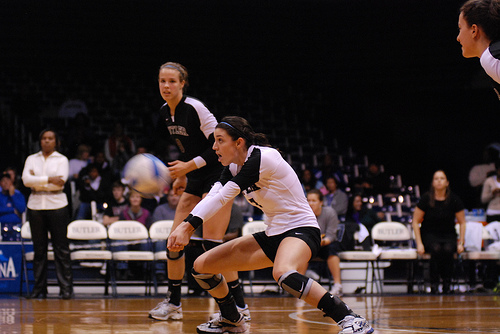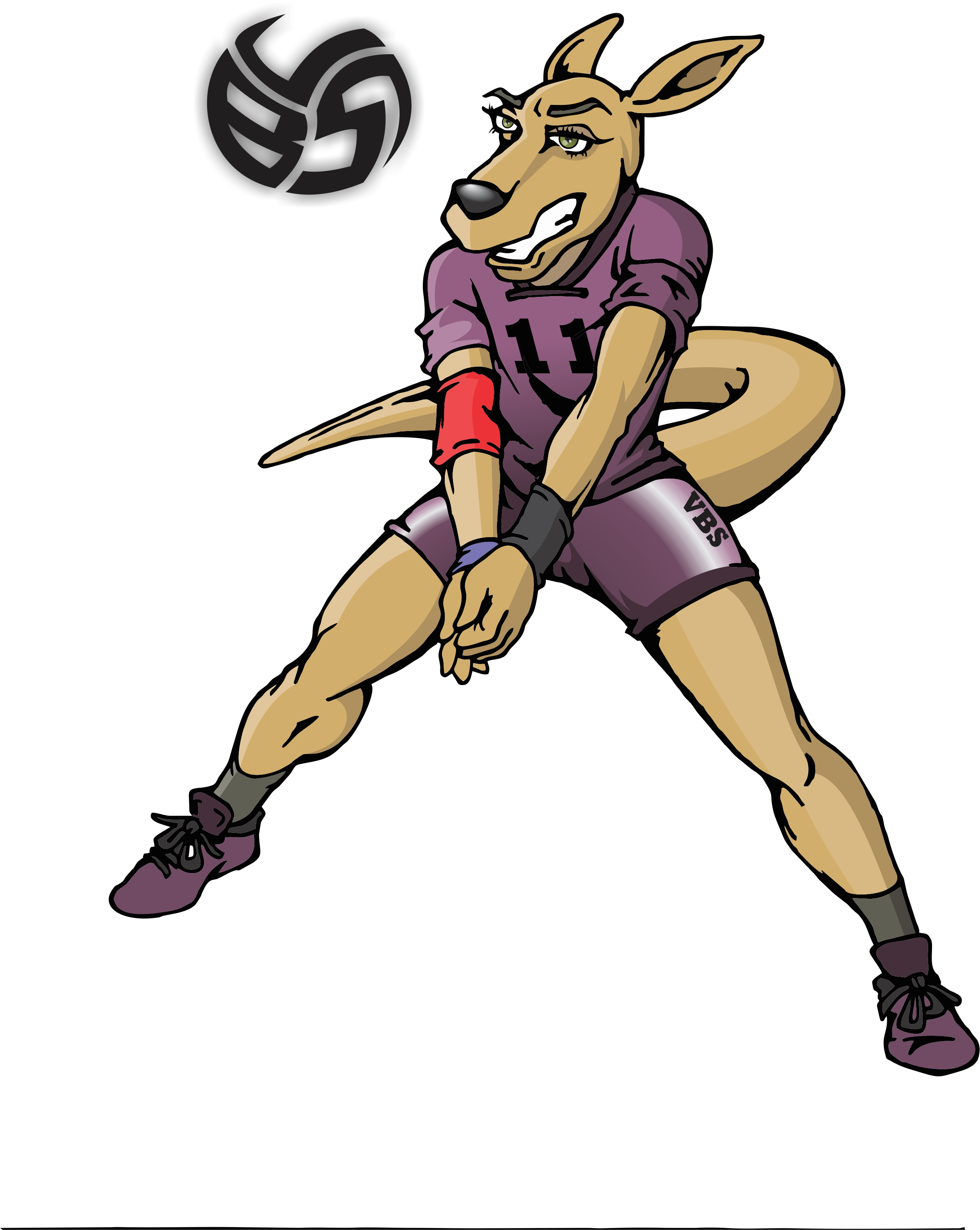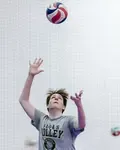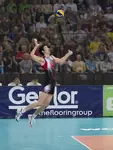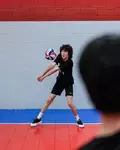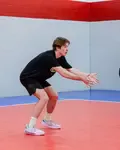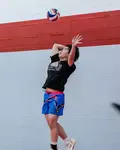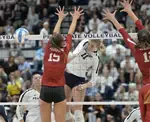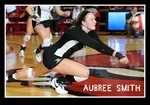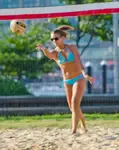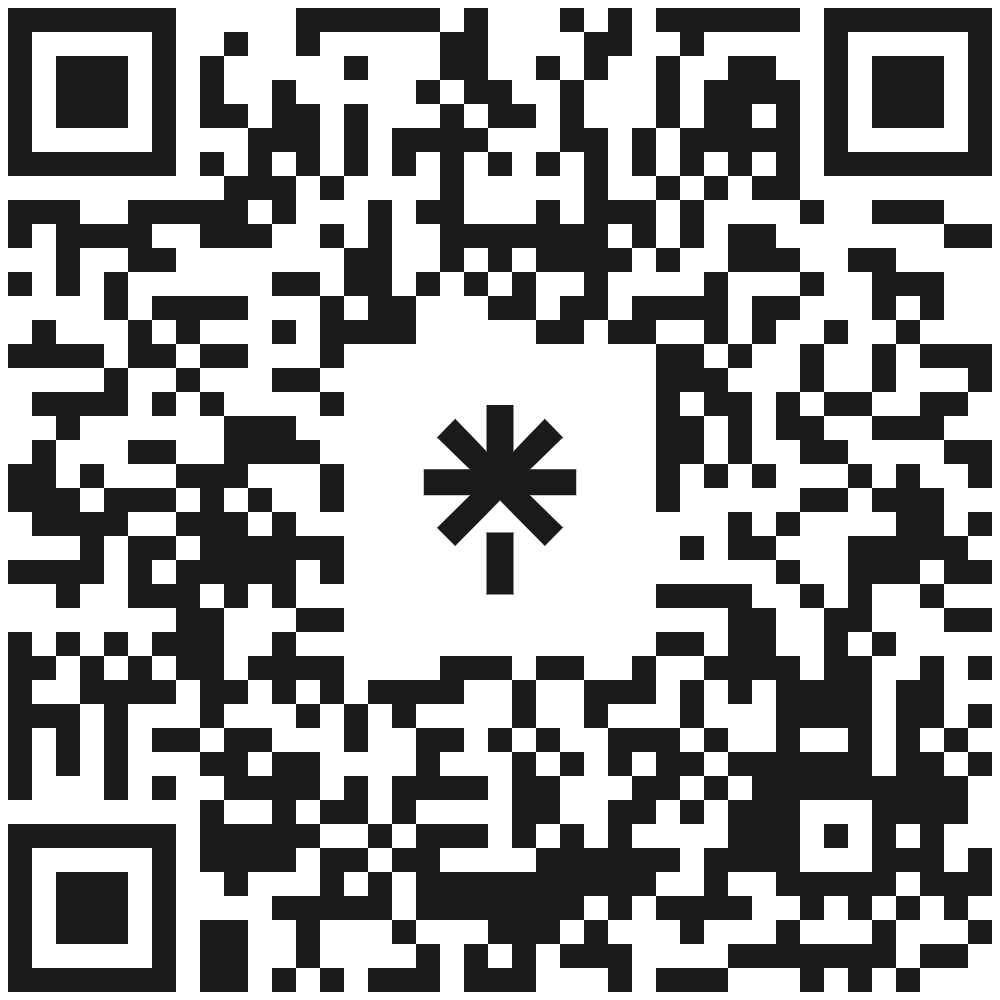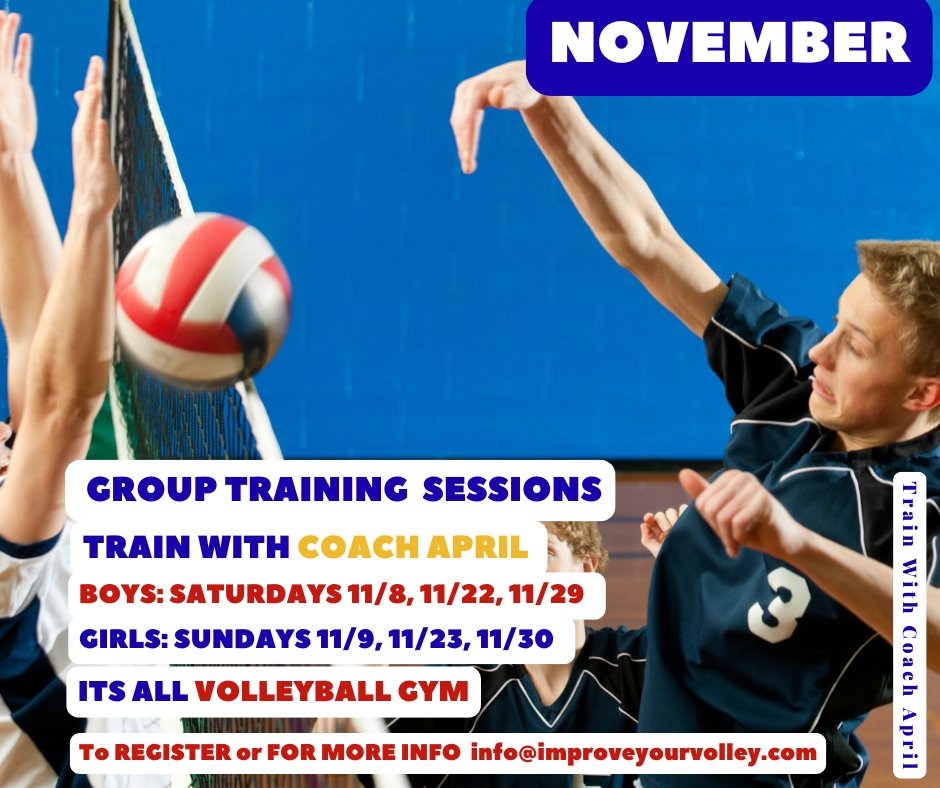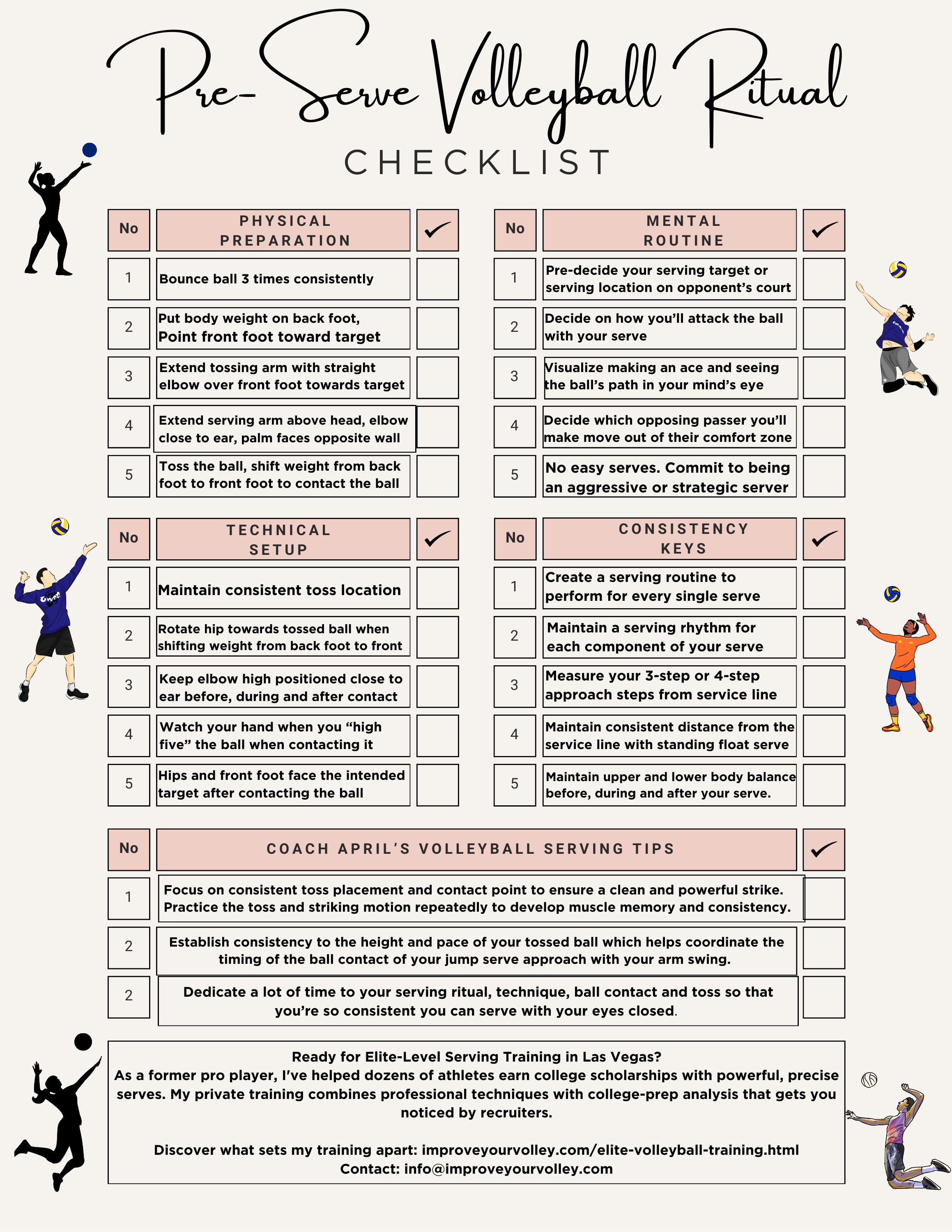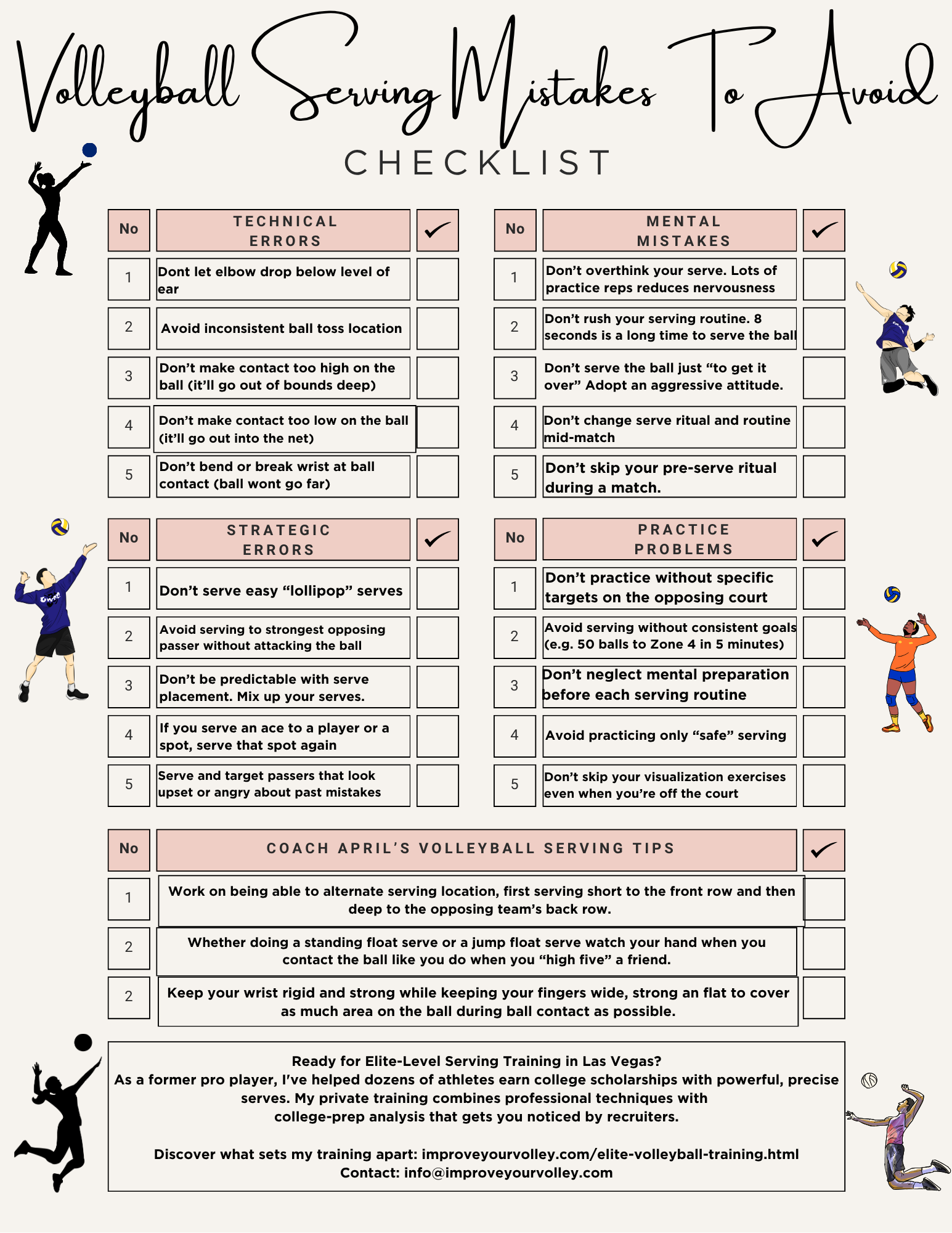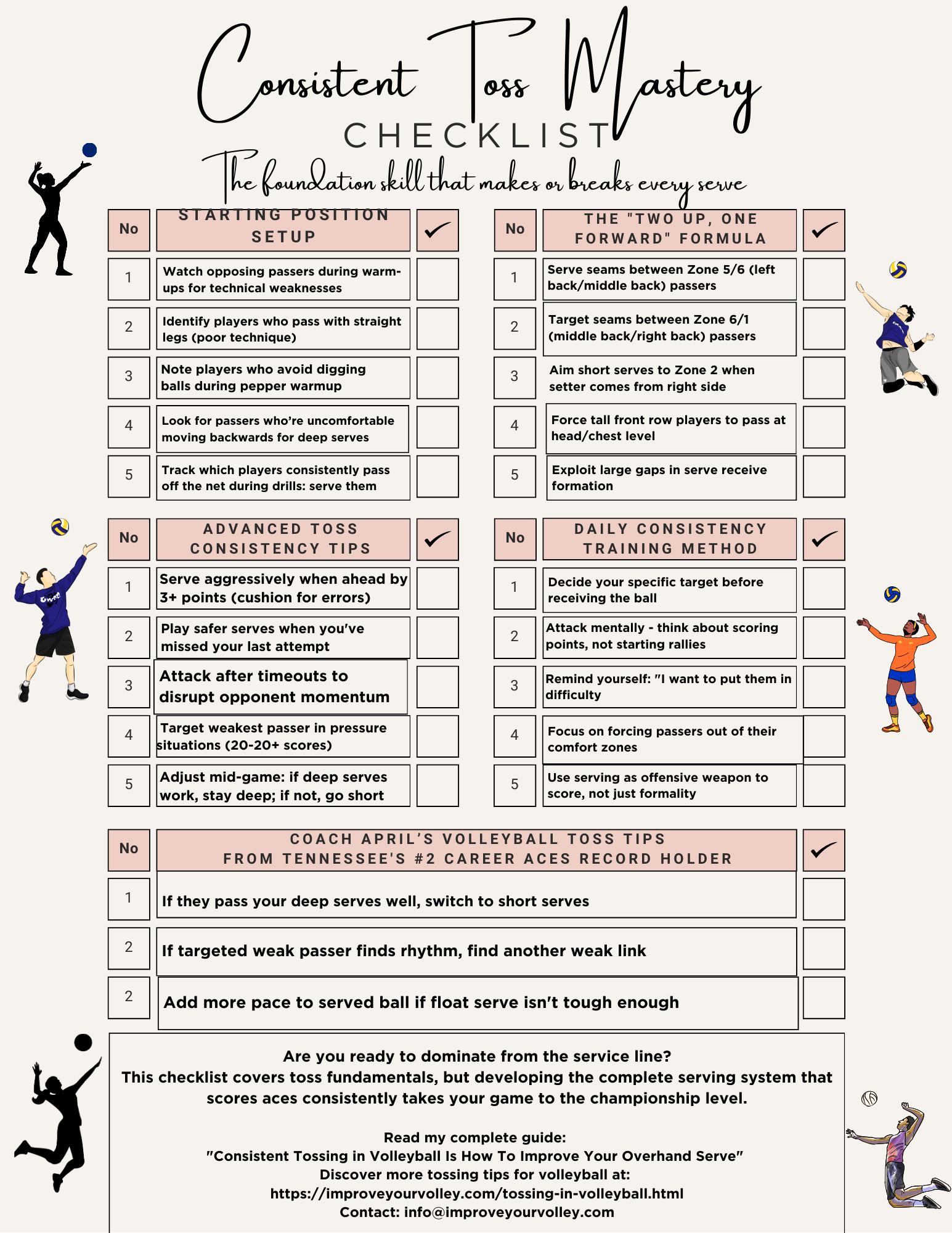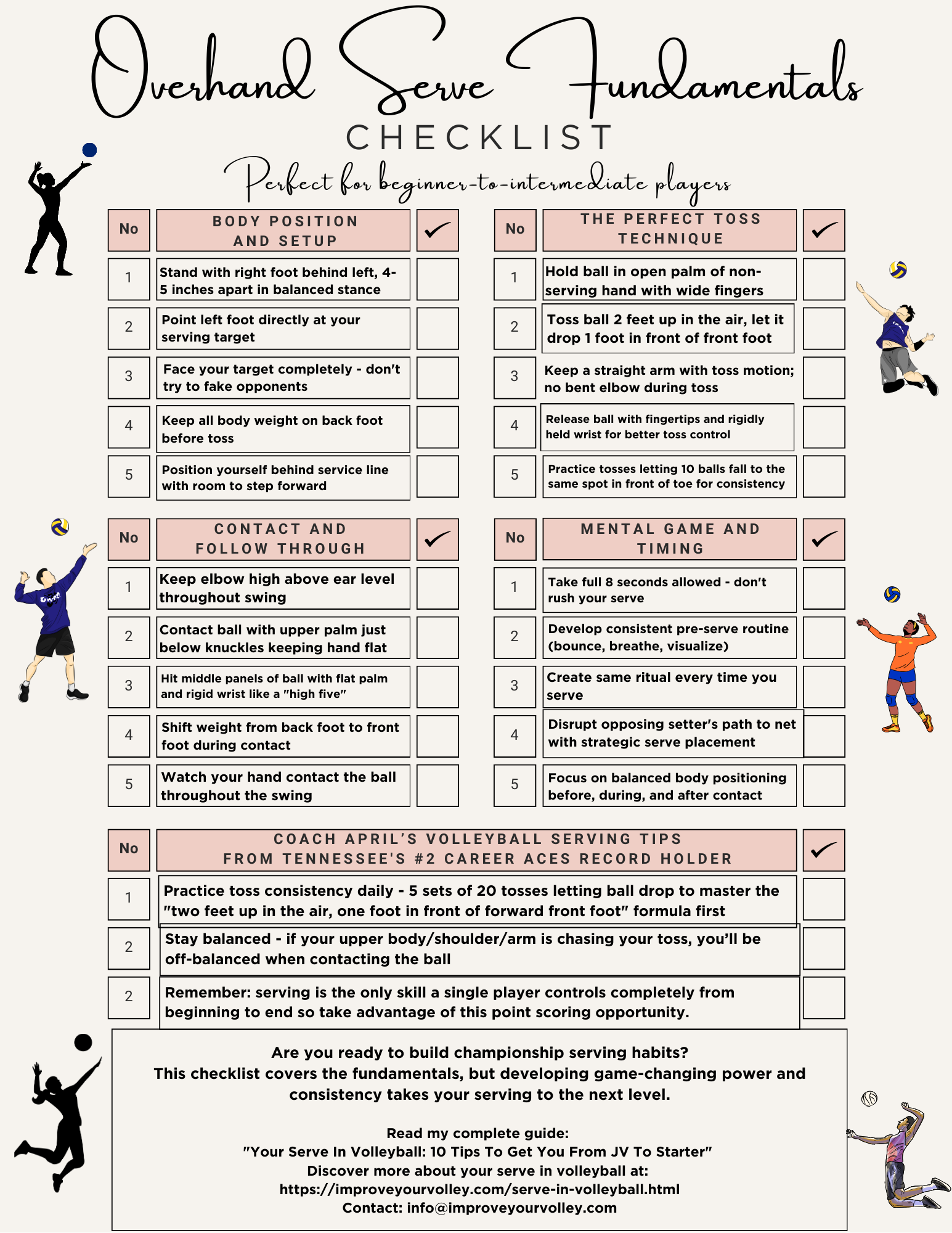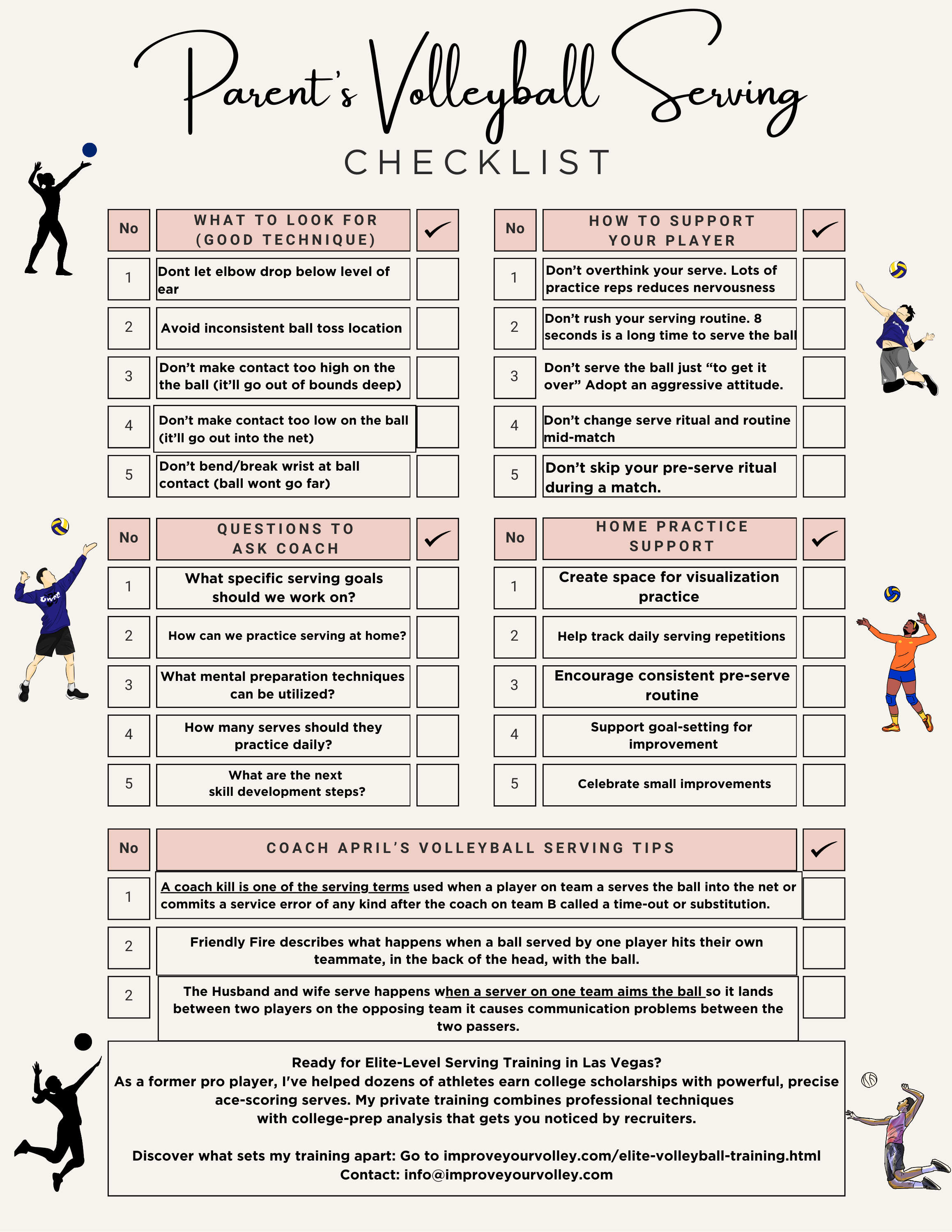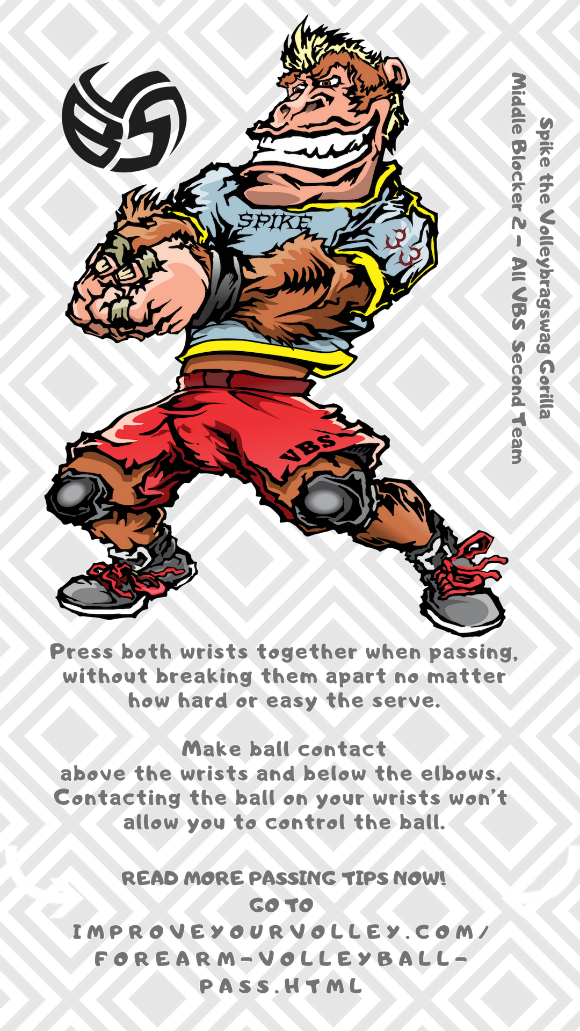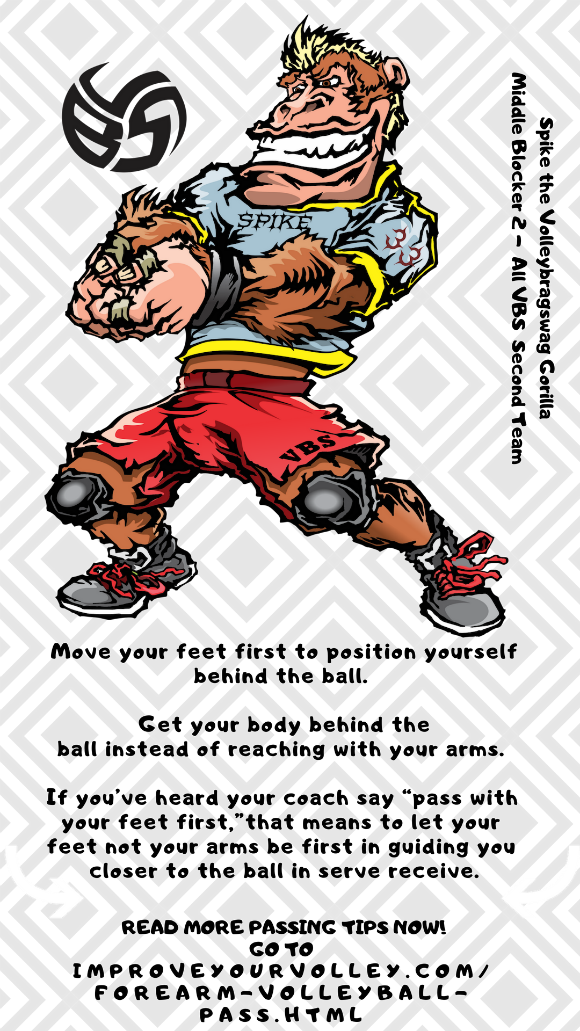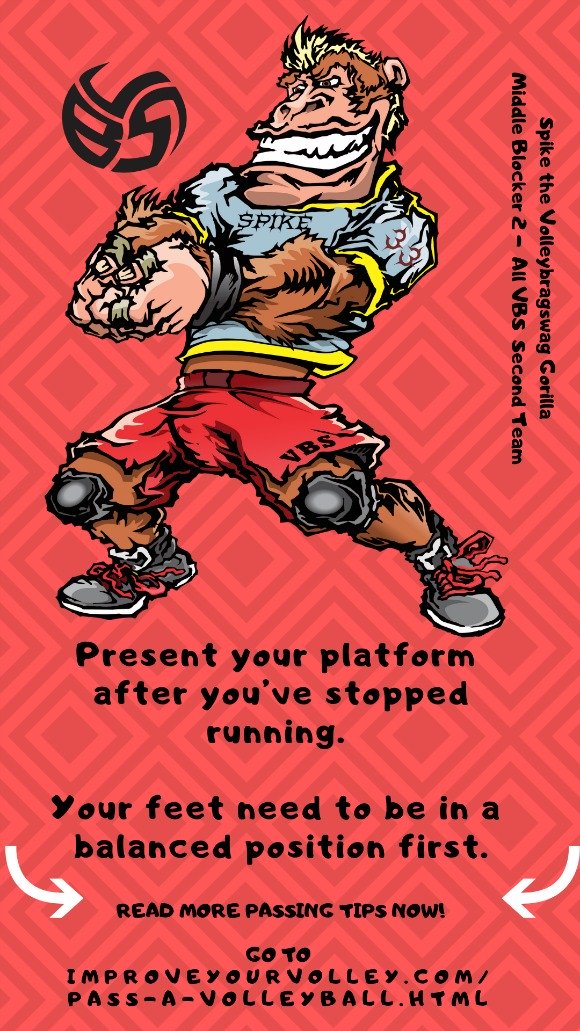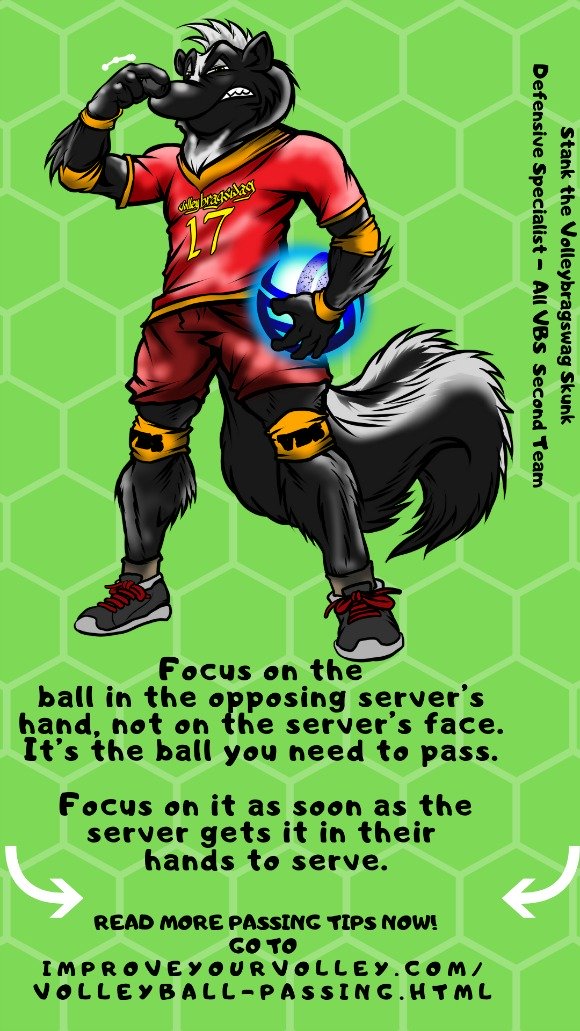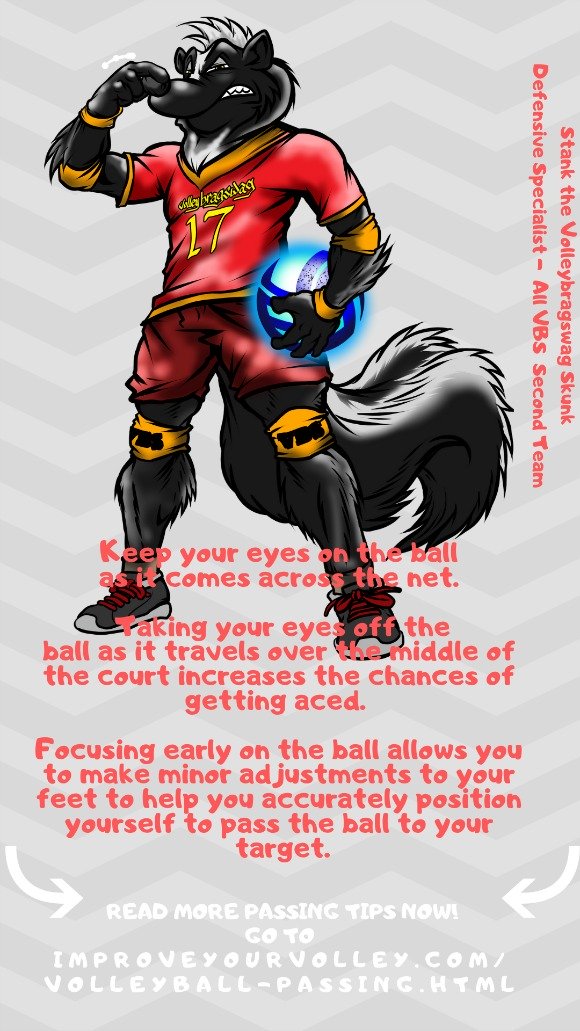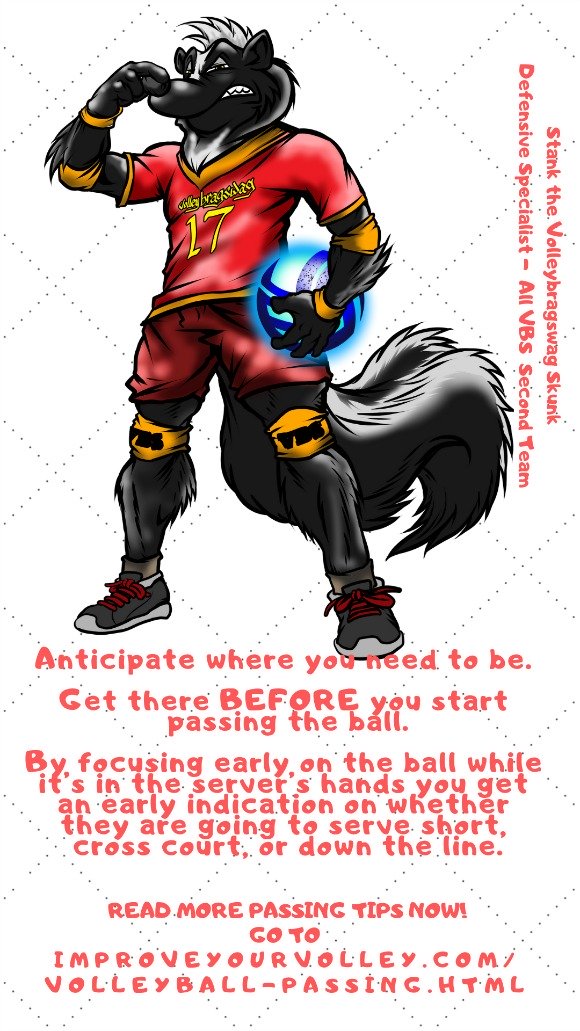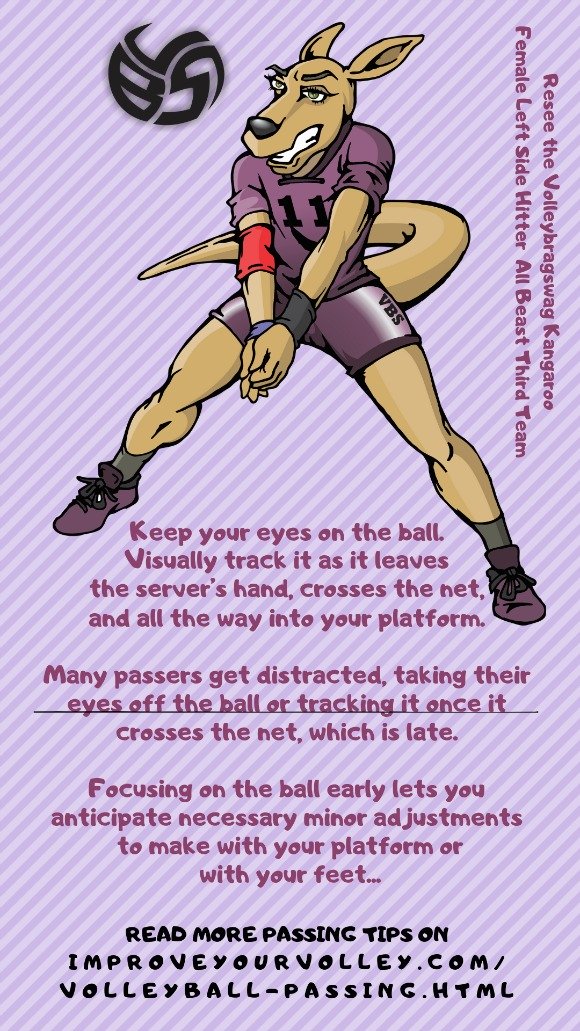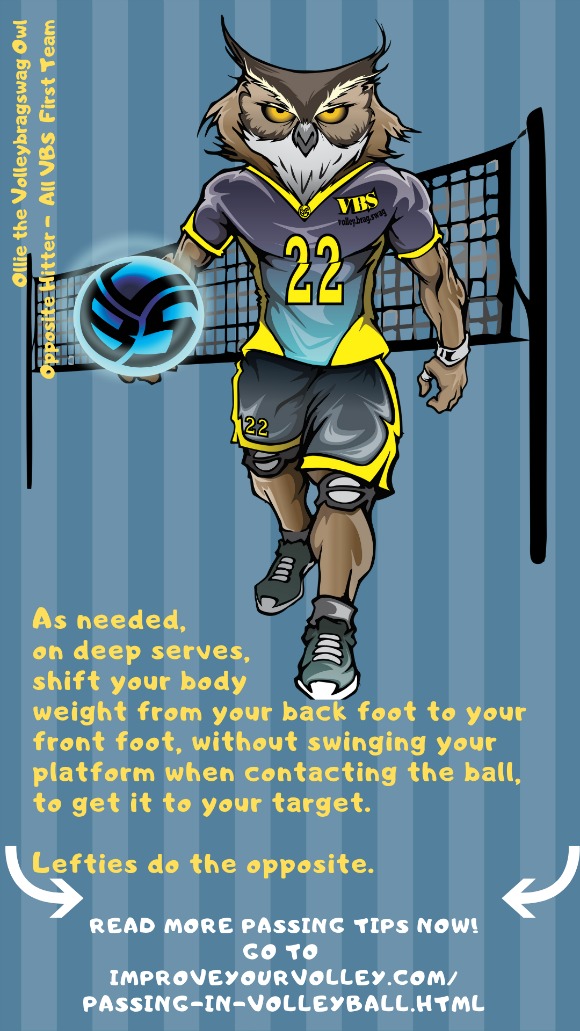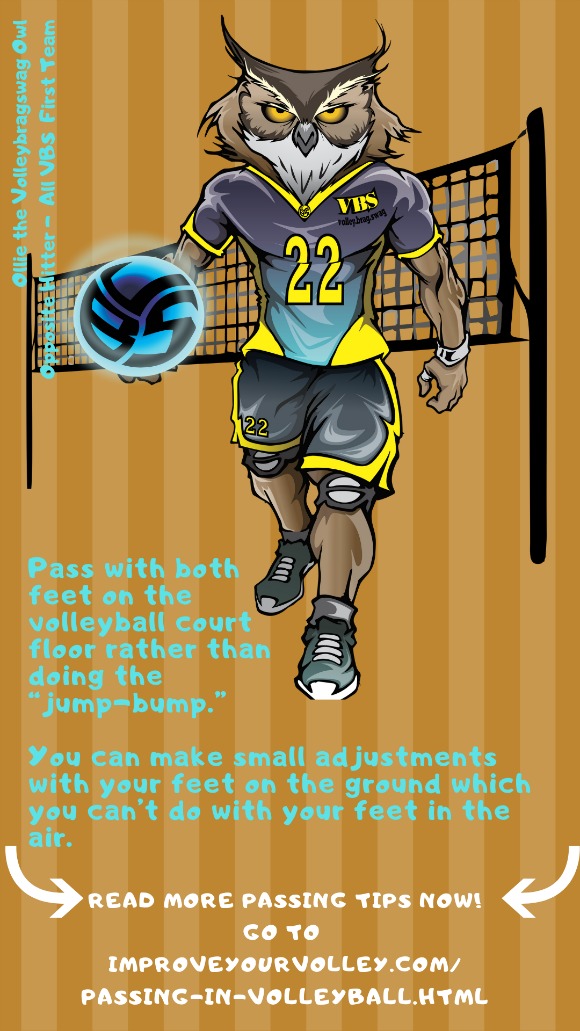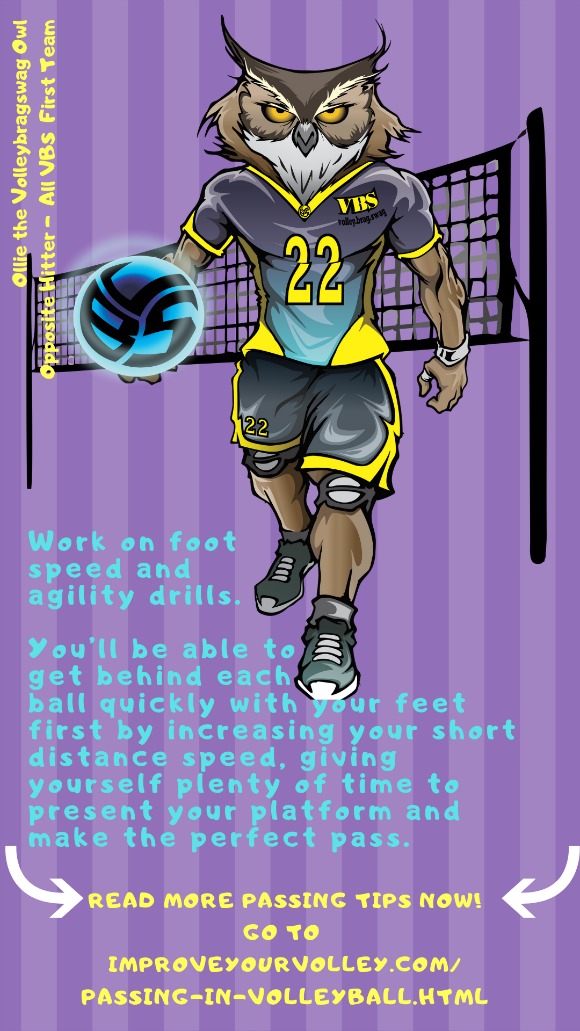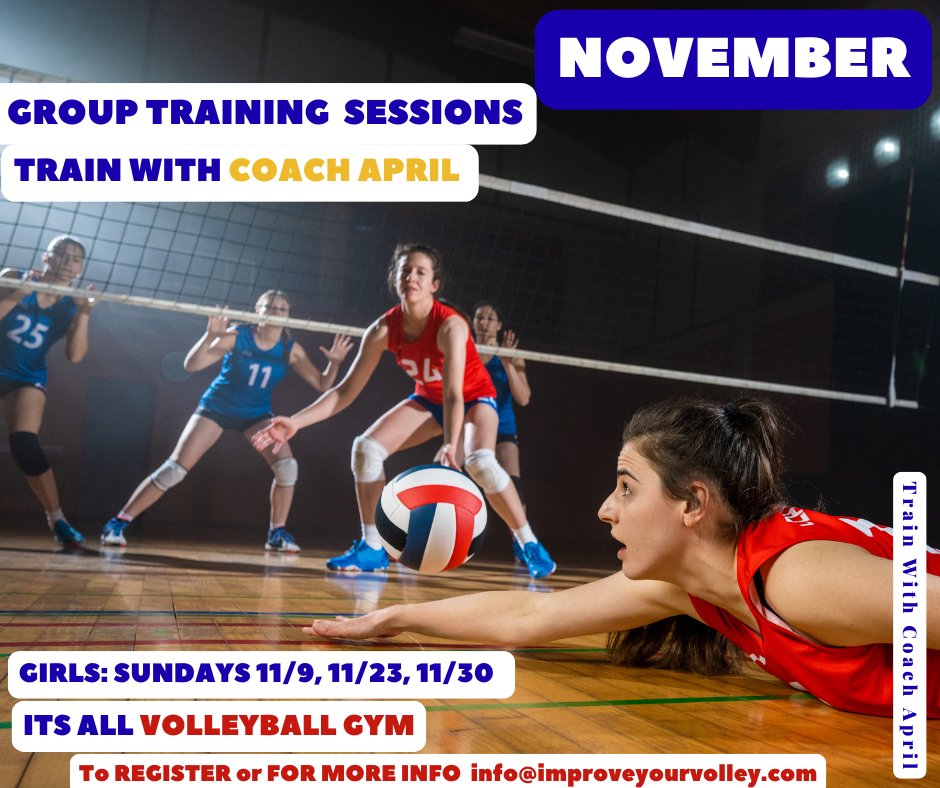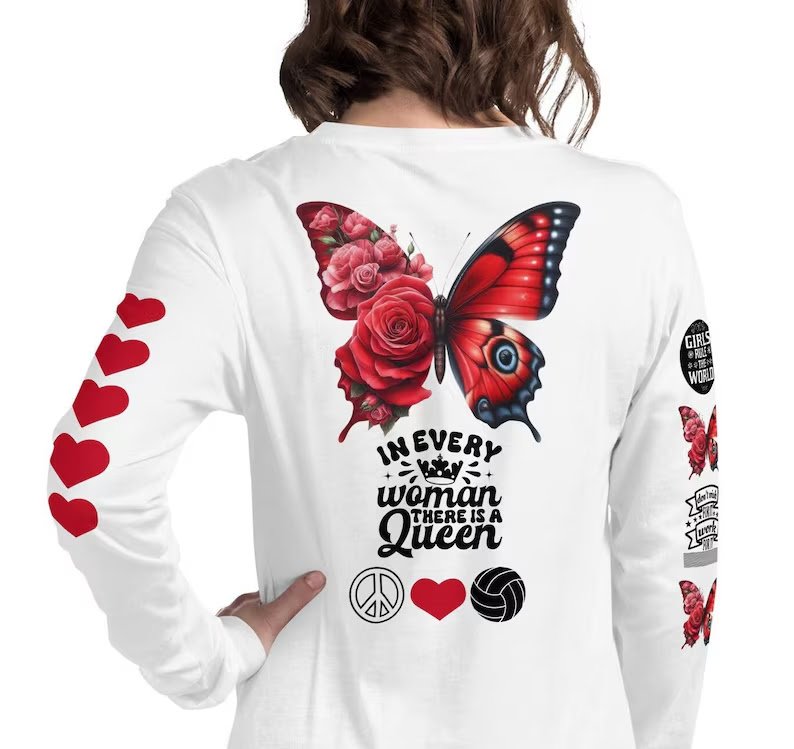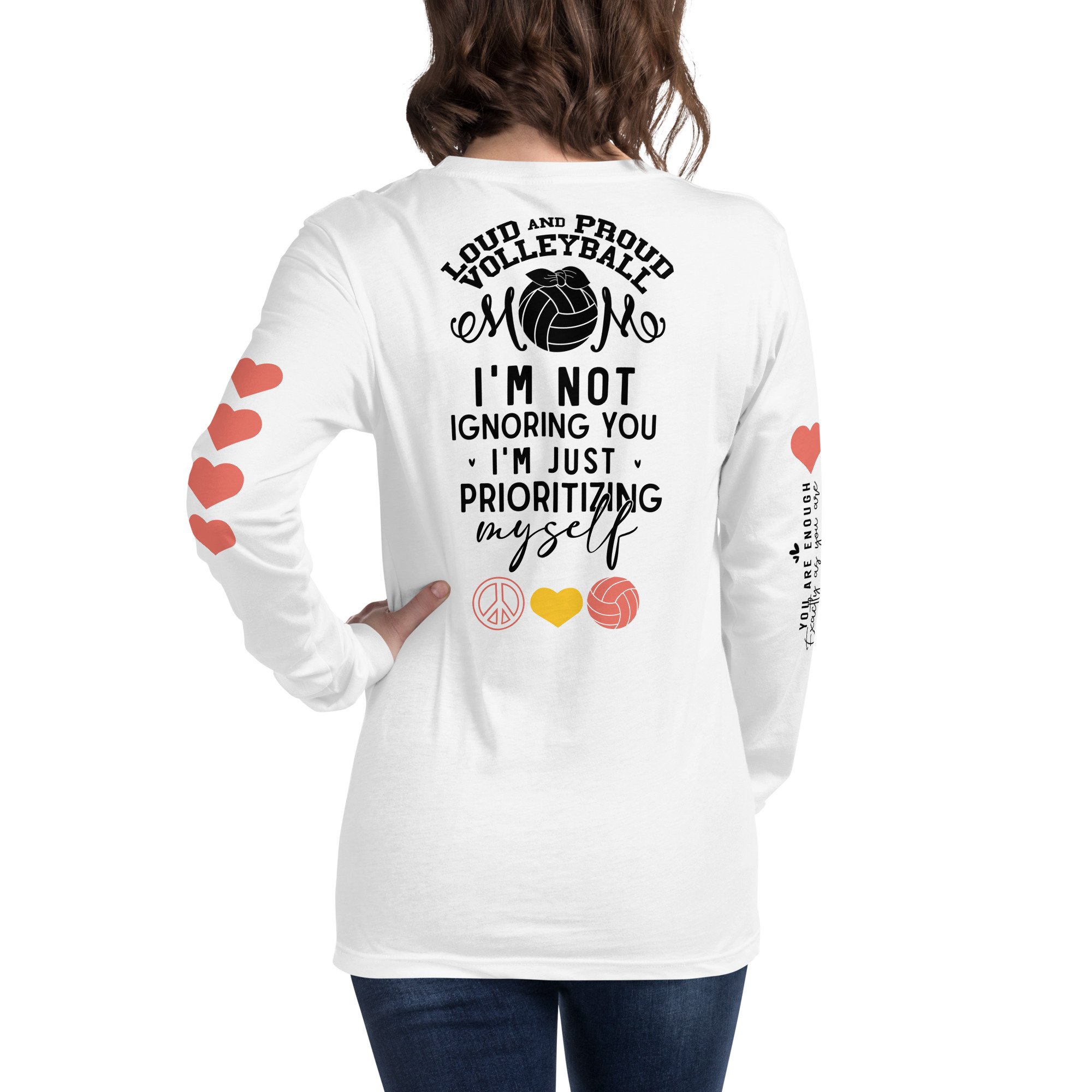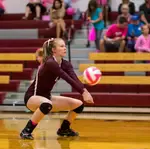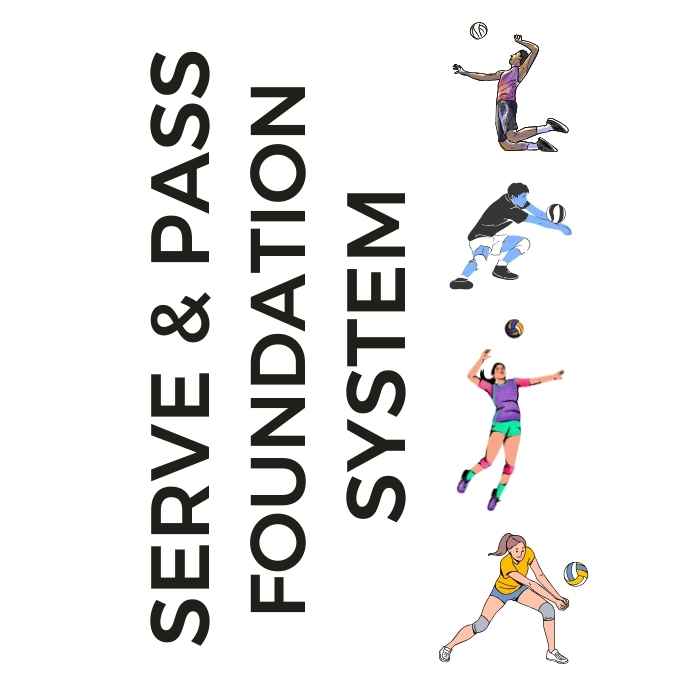
Serve + Pass Foundation System: The Complete Skills Arsenal The two-skill mastery system that transforms inconsistent players into the athletes coaches build their lineups around. Stop Struggling With The Two Most Important Skills In Volleyball!
- Improve Your Volleyball with Coach April
- Basic Volleyball Skills for Beginners
- Volleyball Ball Handling
Volleyball Ball Handling Begins With Ball Control and Faster Footwork
Improve your passing skills with great ball control and volleyball ball handling skills along with faster footwork when moving to a served ball on your court.
Welcome to my guide on ball handling in volleyball.
In this article, I will provide a clear definition of ball handling, discuss its essential role in the game, and emphasize the importance of good ball control skills.
Let's dive in!
Definition of Volleyball Ball Handling
Volleyball ball handling refers to the techniques and skills involved in receiving, controlling, and directing the ball during gameplay.
It encompasses the actions performed by players to pass and set the ball, setting the foundation for effective attacks and defense.
Role of Volleyball Ball Handling
Good ball handling is fundamental to successful team play and overall game strategy in volleyball.
It plays a crucial role in several aspects of the game, including:
1. Passing:
Proper ball handling enables players to accurately receive and pass the ball to their teammates. This facilitates smooth transitions from defense to offense and sets up scoring opportunities.
2. Setting:
Precise ball handling allows setters to deliver accurate and consistent sets to the attackers.
Effective sets enable hitters to execute powerful attacks and create strategic plays.
3. Defense:
Strong ball handling skills contribute to efficient defensive play.
Players with good ball control can react quickly to opposing attacks, effectively dig the ball, and transition it to the setters to initiate counterattacks.
Importance of Good Ball Control:
Good ball control is vital for several reasons:
1. Accuracy:
Effective ball control helps maintain accuracy in passing, setting, and attacking.
It ensures that the ball reaches its intended target with the right speed and trajectory, increasing the chances of a successful play.
2. Court Awareness:
Ball handling proficiency allows players to read and anticipate the game better.
With good control, players can assess the situation and make split-second decisions, enhancing their overall court awareness.
3. Transition Game:
Smooth and controlled ball handling facilitates faster transitions from defense to offense.
It enables teams to capitalize on unexpected opportunities and keep the momentum of the game in their favor.
4. Team Cohesion:
Solid ball handling skills promote better team cohesion.
When players can trust their teammates' ability to handle the ball, they can focus on their own responsibilities, leading to better coordination and teamwork.
Good ball control skills contribute to accurate passing, setting, and attacking, enhancing overall team performance.
It enables players to maintain court awareness, execute effective transition plays, and promote strong team cohesion.
Dedicate time to practice and improve your ball handling skills to become a valuable asset to your team
Habits To Develop Good Volleyball Ball Handling
Fast footwork helps improve volleyball ball handling skills which you need to be able to control the ball and deliver it to your intended target to improve the accuracy of your forearm pass.
How well you handle the ball and control it to your intended target insures that you become a good passer that enjoys alot of playing time because you are the player who can neutralize a tough serve and get the ball to your setter in serve receive.
Here are two habits that you should adopt
- get positioned early behind the ball
- use faster footwork
in order to get a higher percentage of better volleyball passing reps to your setter or intended target.
For Better Volleyball Ball Handling
Get Positioned Early
Behind The Ball
If you are late in getting positioned behind the ball then you have to do a better job of moving your feet and quickly moving to get stopped behind the ball, so you have a greater chance of controlling the ball to the target.
For beginner and intermediate level players when you are not positioned behind the ball, in many cases you have to swing your platform outside of your body to pass it.
For those beginner players who are working on getting better volleyball passing technique and haven't yet developed great body control or ball control skills, this usually means
- either your body will be off balance or
- you will end up using too much of your upper body and arms
to try and get the ball to the target.
Volleyball Ball Handling
How to Pass The Volleyball With Good Body Control
The lesson here is to avoid trying to do two things at once.
Volleyball Ball Handling Don'ts
- You don't want to swing you arms when you pass the ball.
- Don't run and pass at the same time
Volleyball Ball Handling Do's
- anticipate faster where the ball is going to land once it crosses the net to your side
- then to move your feet faster to beat the ball to that spot.
Volleyball Ball Handling Begins With Ball Control and Faster Footwork
What happens when you run and and pass at the same time?
Your forearm pass becomes less accurate and it'll be harder to get the ball to your target, which is usually your setter.
In most cases, because you're moving towards the net your forward motion will help deflect the ball immediately back over the net, which gives an easy free ball to your opposing team.
Something you don't want to happen.
Players should anticipate where the ball is going to land and move quickly to get to that spot first.
The passing action should be performed from a balanced position with both feet on the ground whenever possible.
- Wherever it looks like the ball is going to cross the net and land in your area, which may be only a side step or two steps away from you, you want to beat the ball to THAT spot.
- Then you want to try to be stopped so your momentum is not moving you forward.
Ideally, you want to stop moving by the time the ball contacts your platform.
You'll experience better volleyball ball handling and passing accuracy when you pass the ball making two separate and distinct movements.
Better Volleyball Ball Handling
A Quick Review
A quick review..
- when you pass you want to stay very focused and concentrated on the ball starting when it's in the opposing team's server's hands and ending when it's bounced off of your platform and is heading to your setter's hands.
- Stay light on your feet so that you can run, shuffle or side step to get quickly to where you anticipate the ball is about to land.
- Then your feet should be stopped, planted and balanced underneath you with your shoulders and body squared and parallel to the net.
- Quickly clasp your hands together, keeping your elbows and wrists pressed together and your thumbs pointing to the ground in order to form your platform.
- Remember, to pass a volleyball, you want to get to your spot quickly, beat the ball there, get stopped, form your platform, then make the pass.
Volleyball Basics:
Where Do You Go From Here?
Where do you need to go now?
Your three options are:
- You can learn more about Passing in volleyball by visiting the Related Links below.
- Follow the suggested reading on our Sitemap page Learning How To Play (Sitemap)
- Or visit the pages in the How to Play Volleyball section in the drop down menu at the top of the page to get started.
- Before leaving this page Say "Hi" to Ms. Resee the Kangaroo, wearing the #11 jersey below. She's a left side hitter with precision passing and a member of the VolleyBragSwag All Beast Third team.
Meet Resee the Kangaroo and Passing Specialist on VolleyBragSwag's All Beast Team
If your athlete struggles with consistent serve receive, gets subbed out, or is overlooked for playing time—this is the fix you’ve been looking for.

Struggling with passing consistency?
I help talented passers tired of getting pulled from games because of inconsistent serve receive skills BUILD passing confidence without expensive private lessons using the same 3-step system that's helped dozens of my athletes get recruited.
Download my eBook for $17.99 and start building the passing confidence that keeps you on the court—and gets you seen by college coaches.
From Lady Vol to Legend: Coach April Produces Powerful Passionate Players...is that you?
What Are You Looking For?
Click to Download Your Pre Serving Ritual Mastery Checklist pdf:
🎯Volleyball Pre Serving Ritual Guide -
Players! Learn How To Transform Your Serve from Weak to Weapon
Click to Download Your Parent's Volleyball Serving Checklist pdf
🎯Parent's Volleyball Serving Checklist Guide
Parents! Help Your Player Develop Championship Serves (Even If You've Never Played)

Hi there!
Thanks for stopping by. Hope you learned something today that will help you reach your volleyball goals.
Be sure to subscribe to my email newsletter so you can learn more each week!
Stay strong! Stay motivated!
-Coach April

SUSCRIBE to my email newsletter below!
 Click to learn more about the weekly volleyball classes and clinics or email info@imrpoveyourvolley.com for information
Click to learn more about the weekly volleyball classes and clinics or email info@imrpoveyourvolley.com for informationCongratulations to my seven Boys-18s Vegas Volley club players who played in two state championship finals yesterday, the 3A and 5A State champinship finals at Sunrise Mountain High School.
TOURNAMENT CHAMPIONS!
A-1 Vegas Volley VBC
In It To Win It Tournament
May 2 - 4, 2025 Tournament
Gold Medalists
18s Premier Division
Vegas Volleyball's Unsung Heroes: Celebrating Moms with Peace Love Volleyball Shirts
Ready to energize your volleyball mom journey?
Subscribe to my 'Producing Powerful Passionate Peaceful Players' email list above on ImproveYourVolley.com.
You'll receive energy-boosting tips, exclusive insights from me, Coach April Chapple on maintaining momentum in volleyball.
Let's power up the Vegas volleyball scene together!
Recent Articles
-
4 Ways To Improve Volleyball Skills: Your 2026 At-Home Training System
Dec 29, 25 01:14 AM
With these 4 high school volleyball tips I explain ways to improve volleyball skills on your own without the help of your coach in practice and in games. -
Workouts To Improve Volleyball Skills: 4-Week Training Plan & Tracker
Dec 28, 25 09:51 PM
Get complete structured 4-week workouts to improve volleyball skills with daily training schedules, self-assessment checklists, and progress tracking. -
How To Practice Volleyball Alone: Solo Drills That Build Real Skills
Dec 28, 25 06:37 PM
Learn how to practice volleyball alone with wall drills, progressions and weekly one-player training schedules to improve passing, setting, serving & hitting.
 Resee the Kangaroo Shirts
Resee the Kangaroo Shirts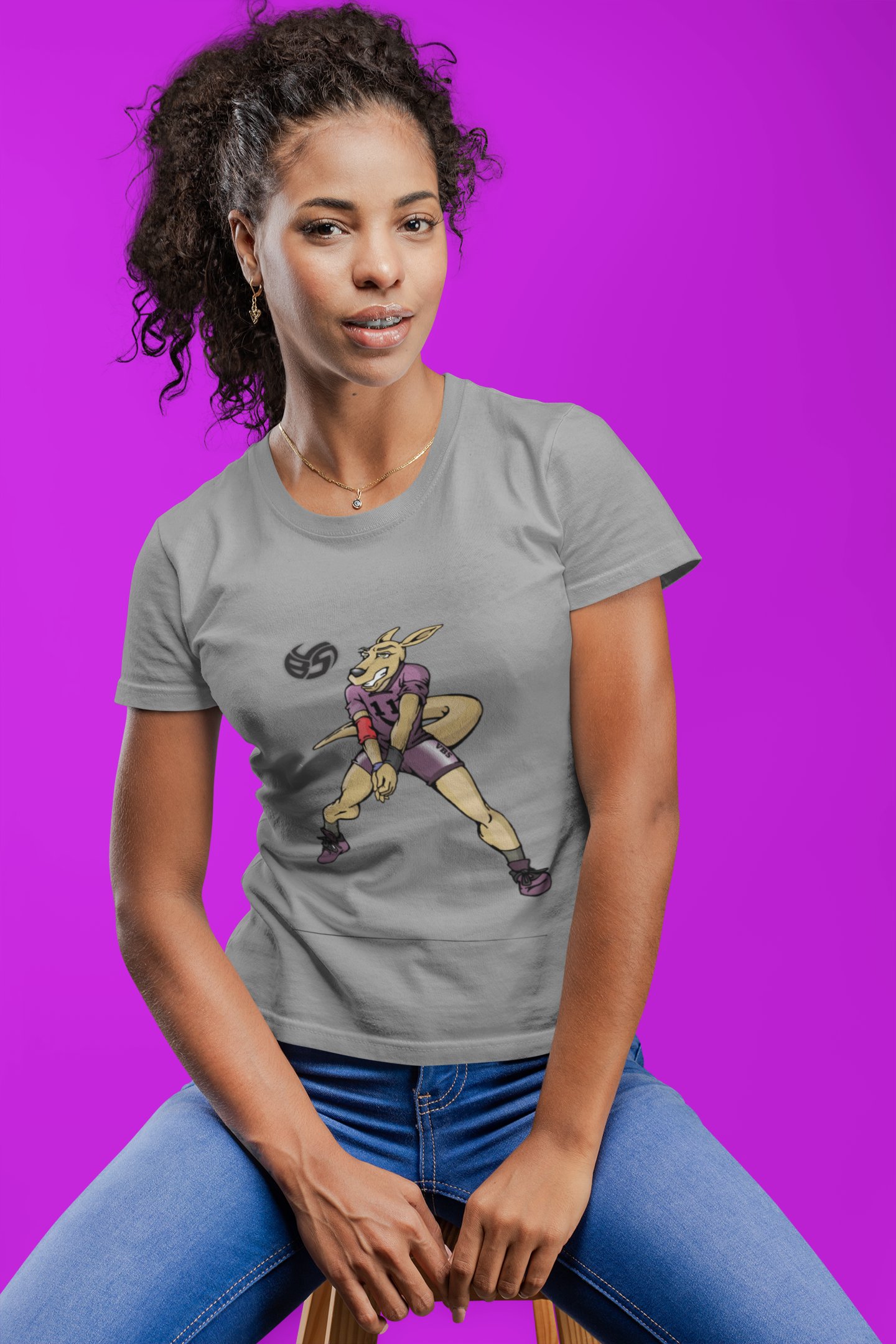 Resee the Volleybragswag Kangaroo Shirts available now.
Resee the Volleybragswag Kangaroo Shirts available now.